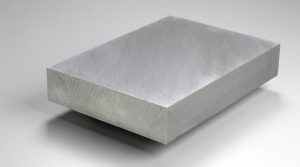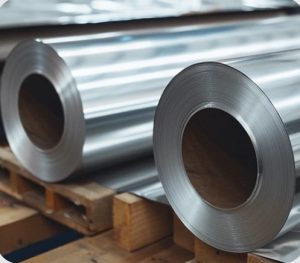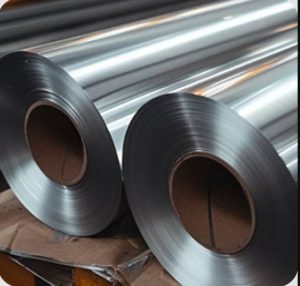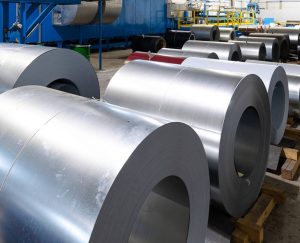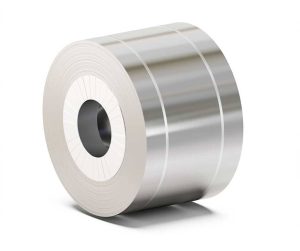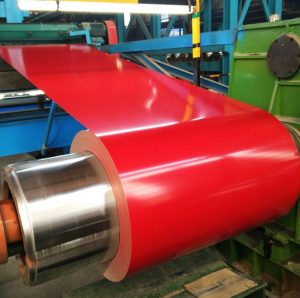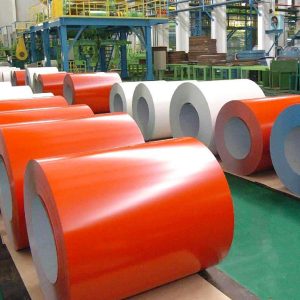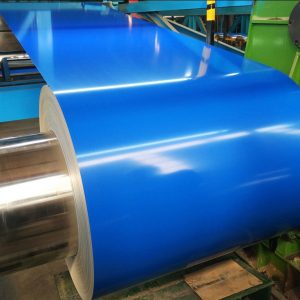Choosing the right aluminum alloy for CNC machining is critical. Among options, 2024 Aluminium en 6061 Aluminium are popular choices. But which one performs better? This article dives deep into their properties, comparing their machinability, strength, and cost-effectiveness. Whether you’re a machinist or product designer, understanding these alloys helps you make smarter decisions.
1. Introduction to 2024 Aluminum and 6061 Aluminium
What Are These Alloys?
2024 Aluminium is a high-strength alloy, mainly used in aerospace. It contains copper, which boosts its strength but reduces corrosion resistance. Conversely, 6061 Aluminium is versatile, with magnesium and silicon, making it easier to machine and more corrosion-resistant. Both alloys are widely used in CNC machining projects.
Why Compare Them?
The core question is: Which alloy offers better machinability and durability for your specific needs? This comparison is essential for optimizing production and minimizing costs. Let’s explore their properties in detail.
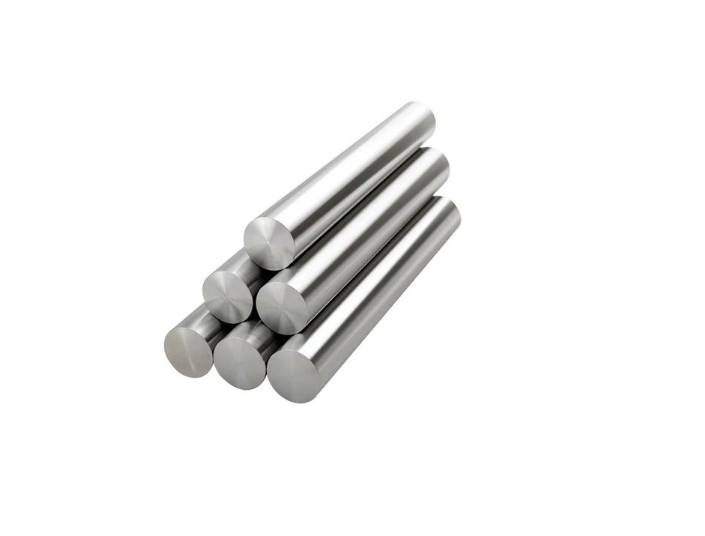
2. Mechanical Properties and Density: The Foundation
How Do They Differ?
| Property | 2024 Aluminium | 6061 Aluminium |
|---|---|---|
| Density (g/cm³) | 2.78 | 2.70 |
| Tensile Strength (MPa) | 470 | 310 |
| Yield Strength (MPa) | 370 | 276 |
| Hardness (HB) | 120 | 95 |
Source: MatWeb, 2023
As seen, 2024 Aluminium boasts higher strength but is less corrosion-resistant. In contrast, 6061 Aluminium offers a good balance of strength and corrosion resistance. When considering 2024Aluminium versus 6061 Aluminium, density differences are minor but impactful.
Real-World Implication
Higher strength means 2024 Aluminium can withstand more stress, but it’s also tougher to machine. Meanwhile, 6061 Aluminium’s lower density and ease of machining make it suitable for complex CNC projects.
3. Machinability and Workability: Which Alloy Is Better?
The Core Issue
Machinability determines how easily an alloy can be shaped without defects. 2024 Aluminium is known for excellent fatigue resistance but is more prone to cracking during machining. 6061 Aluminium is easier to cut, drill, and mill, making it ideal for CNC operations.
The Problem and Solution
Problem: Machining 2024 Aluminium can lead to tool wear and surface imperfections.
Solution: Use proper cutting parameters and coolant to mitigate issues.
Gevallestudie: A manufacturer switched from 2024 to 6061 for complex CNC parts. They reported a 30% reduction in machining time and tool wear, saving costs significantly.
Step-by-Step Machining Tips
- Use sharp tools for both alloys.
- Maintain proper cutting speeds—lower for 2024.
- Apply coolant generously to prevent overheating.
- Opt for slower feed rates with 2024.
- Use pre-drilled holes to reduce stress during machining.
4. Cost, Availability, and Application Suitability
Cost Comparison
| Aspect | 2024 Aluminium | 6061 Aluminium |
|---|---|---|
| Cost per kg | Higher | Lower |
| Availability | Less common | Widely available |
| Typical Applications | Aerospace, military | Structural, automotive |
2024 Aluminium is more expensive due to its specialized properties. 6061 Aluminium is more affordable and readily available, making it a popular choice for general CNC machining.
Application Suitability
| Use Case | 2024 Aluminium | 6061 Aluminium |
|---|---|---|
| Aerospace parts | Uitmuntend | Gematig |
| Structural components | Beperk | Uitmuntend |
| Marine environments | Poor | Goed |
Source: Aluminum Association, 2023
5. Which Alloy Wins for CNC Machining?
The Verdict
| Criteria | 2024 Aluminium | 6061 Aluminium |
|---|---|---|
| Machinability | Gematig | Uitmuntend |
| Strength | Hoog | Gematig |
| Corrosion Resistance | Laag | Hoog |
| Cost | Hoog | Gematig |
| Ease of Use | Gematig | Easy |
Ter einde, 6061 Aluminium generally wins for CNC machining due to its superior machinability and corrosion resistance, despite 2024 Aluminium’s higher strength.
My Personal Experience
I once worked on aerospace prototypes using 2024 Aluminium. While it provided the necessary strength, machining was a challenge. Switching to 6061 Aluminium for some components simplified the process and reduced tool wear dramatically.
6. Practical Steps to Choose the Right Alloy
How to Decide?
- Assess your project needs: strength, weight, corrosion resistance.
- Determine budget constraints: higher costs for 2024 may not be justified for non-aerospace parts.
- Evaluate machinability requirements: complex shapes favor 6061.
- Consider environmental factors: marine or outdoor use favors 6061.
- Test small batches: validate machinability and performance.
⚠️Common Mistakes to Avoid
- ⚠️ Overestimating 2024’s machinability; it’s tougher to work with.
- ⚠️ Ignoring corrosion resistance, leading to premature failure.
- ⚠️ Choosing an alloy solely based on strength without considering machinability.
7. Final Practical Checklist (Operational Guide)
- Identify the primary application (lugvaart, structural, decorative).
- Confirm budget limits and availability.
- Test machining samples of both alloys.
- Evaluate environmental exposure conditions.
- Select the alloy balancing strength, machinability, and cost.
- Use proper tooling and cutting parameters during CNC.
- Implement cooling and lubrication strategies.
- Monitor tool wear and surface finish quality.
- Document performance for future reference.
- Reassess periodically for process optimization.
Conclusion
In the 2024 vs 6061 Aluminium debate, 6061 Aluminium often emerges as the better choice for CNC machining. Its balance of machinability, cost, and corrosion resistance makes it suitable for most applications. However, 2024 Aluminium remains invaluable in high-strength scenarios like aerospace.
Ultimately, your choice depends on specific project requirements. Remember, understanding the properties, costs, and machining characteristics helps you make informed decisions. As for me, I’ve found that combining technical knowledge with practical testing yields the best results.
Ready to choose the right alloy? Use this checklist to guide your decision-making process and optimize your CNC projects effectively.


